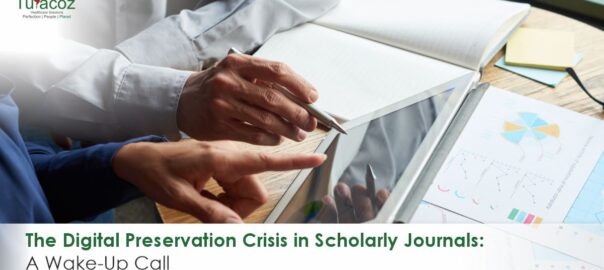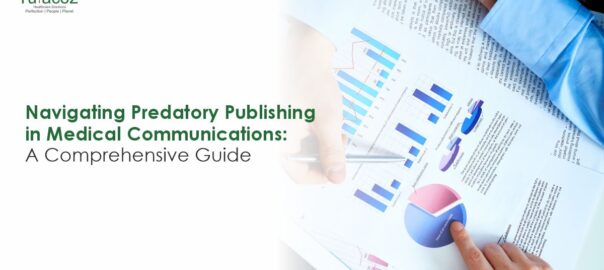Scientific conferences stand as vibrant hubs of knowledge exchange, where the latest discoveries are unveiled, ideas are challenged, and collaborations are forged. These gatherings, often spanning several days, bring together experts, researchers, and enthusiasts from around the globe, united in their pursuit of advancing knowledge and tackling pressing challenges.
Imagine stepping into a bustling conference hall, filled with the hum of conversation and the anticipation of discovery. From the opening keynote to the final poster session, every moment is teeming with insights, debates, and revelations. But amidst this whirlwind of activity, how can we distill the essence of the conference into a coherent and comprehensive report?
Understanding the Purpose
Before delving into the specifics of writing a conference report, it’s crucial to understand its purpose. A conference report aims to provide a summary of the event, highlighting key presentations, discussions, and outcomes. It serves as a reference for attendees to revisit important points and for absentees to catch up on what they missed. Additionally, it can be used to inform funding agencies, policymakers, and other stakeholders about the advancements in the field.
Preparing for the Report
- Take Detailed Notes: During the conference, take thorough notes on presentations, discussions, and any noteworthy points. Be sure to record key findings, methodologies, and conclusions.
- Organize Your Notes: Structure your notes in a way that makes them easy to reference later. You might categorize them by session or topic to streamline the reporting process.
- Collect Supplementary Materials: Gather additional resources such as presentation slides, abstracts, and handouts provided by speakers. These can provide valuable context and support for your report.
Click Here:- Exploring the New Frontier: AI’s Role in Medical Writing and Authorship
Structuring the Report
- Introduction
- Provide a brief overview of the conference, including its theme, dates, and location.
- Highlight the significance of the conference within the broader scientific community.
- Keynote Presentations and Plenary Sessions
- Summarize the main points and insights from prominent speakers.
- Discuss any overarching themes or trends that emerged from these sessions.
- Parallel Sessions
- Divide your report into sections corresponding to the different sessions or tracks offered during the conference.
- For each session, summarize the presentations, focusing on key findings, methodologies, and implications.
- Highlight any notable discussions or debates that took place.
- Poster Presentations
- If applicable, include a section dedicated to summarizing the poster presentations.
- Highlight any particularly innovative or impactful research showcased in the posters.
- Workshops and Panels
- Provide summaries of any workshops or panel discussions that occurred during the conference.
- Highlight key takeaways and insights from these interactive sessions.
- Conclusion
- Reflect on the overall impact and significance of the conference.
- Discuss any new collaborations, ideas, or directions that emerged as a result of the event.
Writing Tips
- Be Concise: Aim for clarity and brevity in your writing. Avoid unnecessary jargon or technical language that might obscure your message.
- Use Citations: When referencing specific research findings or ideas, provide citations to acknowledge the sources.
- Provide Context: Offer background information and context for readers who may not be familiar with the topic or field of study.
- Include Visuals: Incorporate graphs, tables, or figures to illustrate key points and enhance readability.
- Proofread Carefully: Review your report for spelling and grammatical errors before finalizing it. A polished, error-free document enhances credibility and professionalism.
Additional Considerations
- Respect Intellectual Property: If you plan to share your report publicly, ensure that you have permission to reproduce any copyrighted materials, such as images or excerpts from presentations.
- Follow Guidelines: If the conference organizers provide specific instructions or templates for writing reports, be sure to adhere to them.
- Seek Feedback: Consider sharing your report with colleagues or mentors for feedback before distributing it widely. Incorporating diverse perspectives can help improve the quality and accuracy of your report.
- Disseminate Widely: Once completed, share your report with conference organizers, fellow attendees, and other interested parties. Consider publishing it on relevant platforms or journals to reach a broader audience.
In conclusion, the heart of a scientific conference report lies in its ability to navigate the diverse landscape of presentations, workshops, and discussions, weaving together disparate threads into a cohesive narrative. As attendees, we are tasked with absorbing a wealth of information across multiple disciplines and synthesizing it into a meaningful account of the event.
Keynote presentations and plenary sessions serve as anchor points, setting the tone and direction for the conference as a whole. Here, renowned speakers offer their perspectives on the most pressing issues and cutting-edge developments in the field. From groundbreaking research to visionary insights, these sessions provide a panoramic view of the current state of affairs and illuminate future pathways for exploration.
Parallel sessions, arranged thematically or by sub-discipline, offer a deeper dive into specific areas of research. As attendees navigate between concurrent talks, they must carefully select which sessions to attend based on their interests and expertise. Within each session, presenters unveil their latest findings, share innovative methodologies, and engage in lively discussions with their peers. It is within these intimate settings that new ideas are born, old paradigms are challenged, and collaborative opportunities emerge.
Poster presentations, often overlooked but no less important, offer a platform for researchers to showcase their work in a visual and interactive format. As attendees meander through rows of posters, they encounter a tapestry of research projects spanning a wide range of topics and methodologies. Here, the focus shifts from polished presentations to informal conversations, as presenters eagerly share their findings and solicit feedback from passersby.
Workshops and panel discussions inject a dose of interactivity and engagement into the conference program, inviting attendees to participate in hands-on activities and thought-provoking debates. Whether exploring new tools and techniques or grappling with ethical dilemmas and policy implications, these sessions foster collaboration, dialogue, and critical thinking.
As the conference draws to a close, attendees are left to reflect on the whirlwind of experiences and insights they have encountered over the past few days. The conference report serves as a testament to these collective efforts, capturing the spirit of inquiry, collaboration, and discovery that defines the scientific endeavor. Through meticulous documentation and thoughtful analysis, we pay homage to the tireless efforts of presenters, organizers, and attendees who have contributed to the success of the conference and the advancement of knowledge in our field.
For those interested in taking their first steps into the world of medical writing or enhancing their expertise to meet the challenges of omnichannel communication in healthcare, we invite you to explore the opportunities available through our training programs. Contact us at [email protected] to learn more about how you can join the ranks of medical writers who are making a significant impact in healthcare communication. Together, let’s shape a future where accurate, accessible, and actionable health information reaches every corner of the globe, empowering individuals and transforming healthcare outcomes.










